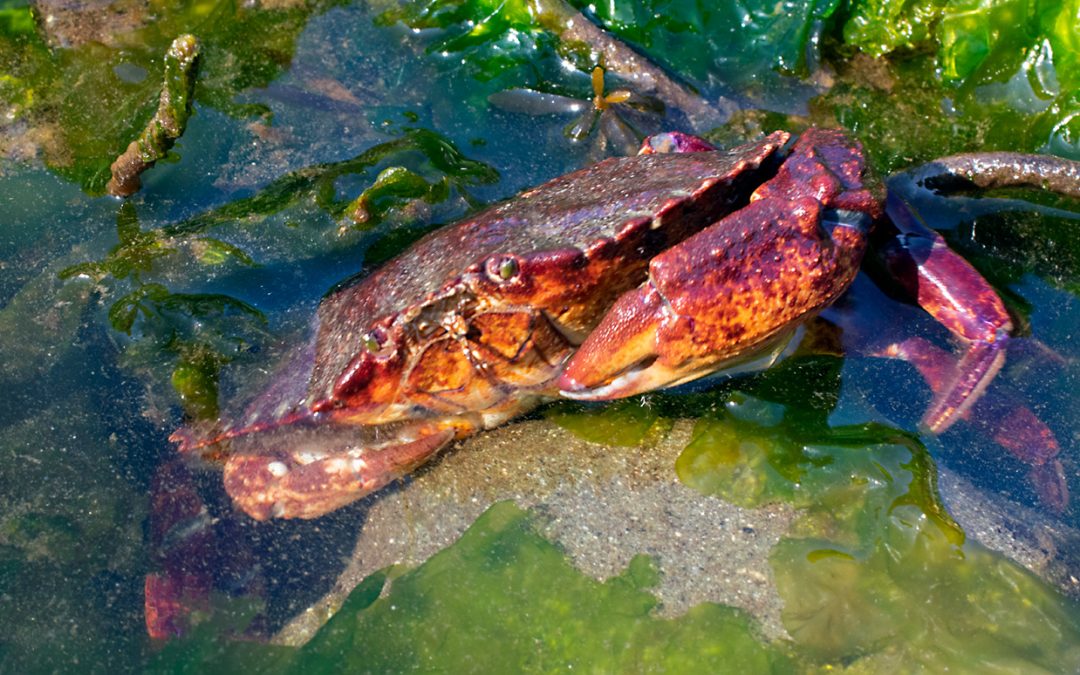
by David Young | Jan 16, 2025 | Arthropods
Red Rock Crab Author: Jhadel Lewis Scientific name: Cancer productus Size range: Males up to 200mm (7.8in), Females up to 168mm (6.6in) Identifying Features: These types of crabs are usually medium sized, with adults varying anywhere between 100-200mm wide. They...
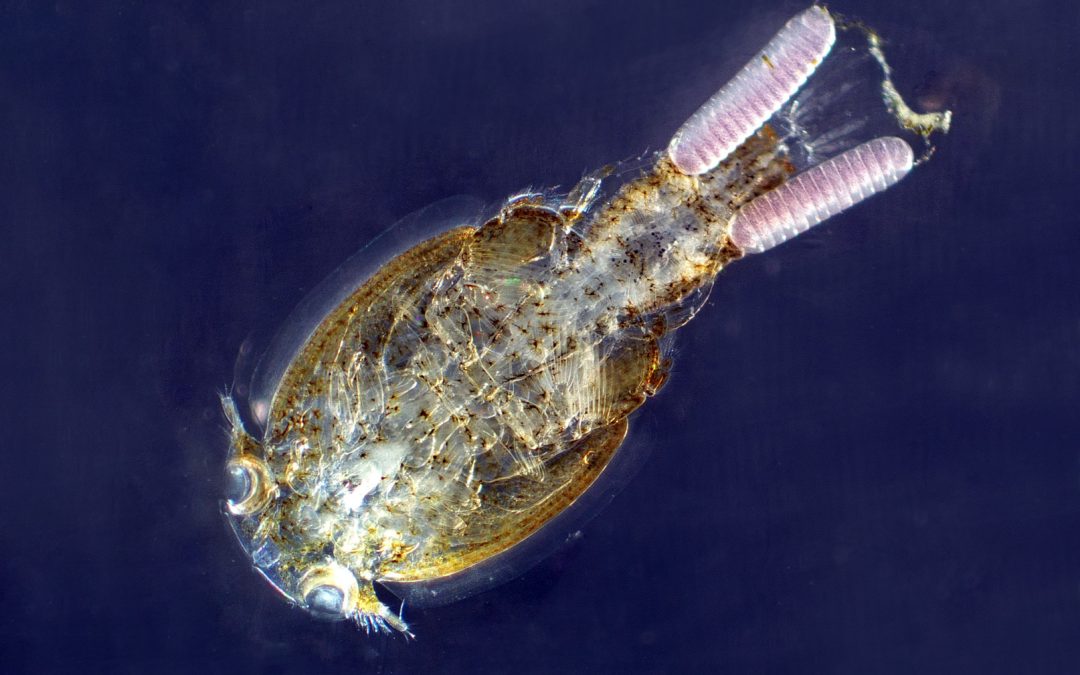
by David Young | Dec 21, 2024 | Arthropods, Plankton
Common Name: Sea louse (sea lice) Scientific name: Caligus spp. This is a genus of parasitic arthropods (copepod) that are ectoparasites that feed upon mucous secretions and epidermal tissues of host fishes. Plankton tow: Cadboro Bay, Victoria, British Columbia,...
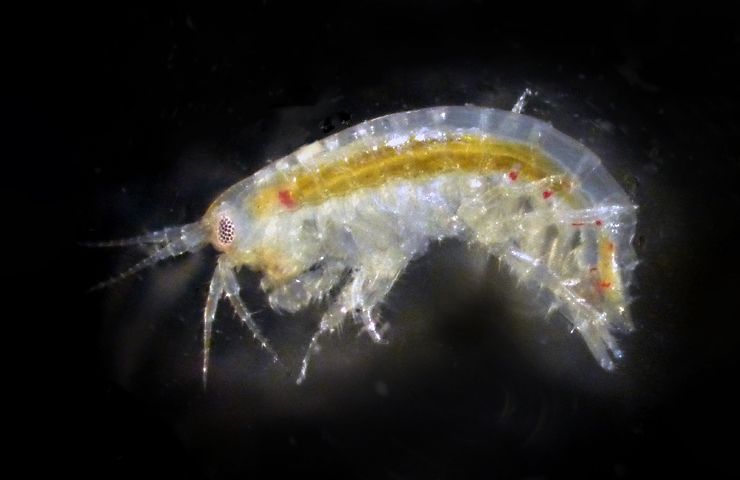
by David Young | Nov 25, 2024 | Arthropods, Plankton
Gammarid Amphipod Photo by Samantha O’Keefe February 19, 2013 Plankton Tow Cadboro Bay, Victoria, British...
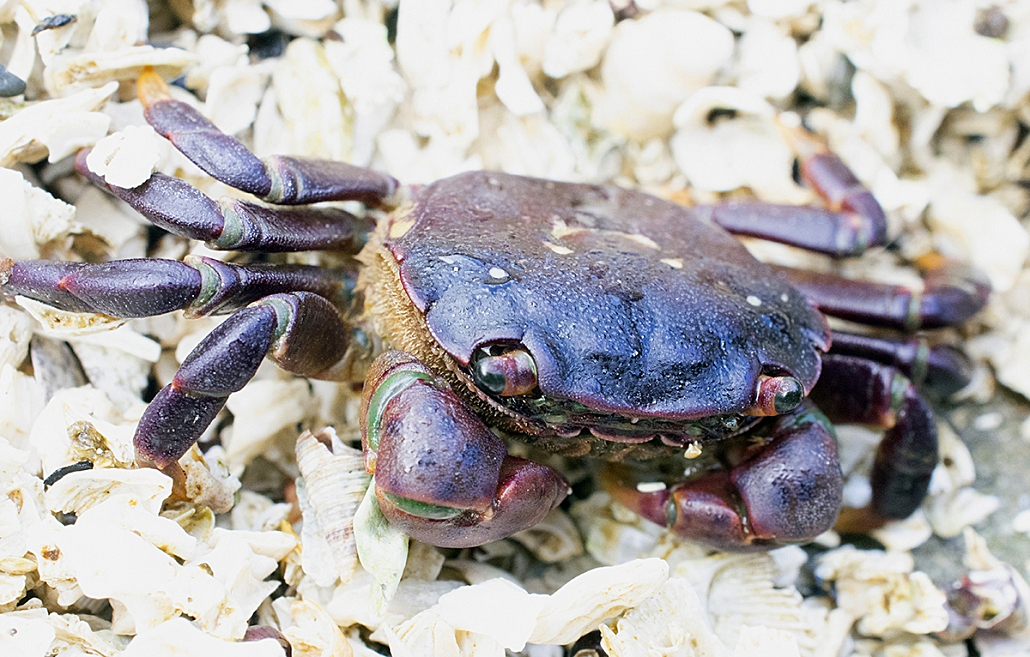
by David Young | Jul 30, 2024 | Arthropods
Purple Shore Crab Scientific name: Hemigrapsus nudus Author: George Sleen Photos: George Sleen and D. Young Length: Male adult purple shore crabs typically grow to a width of 2.2 inches while females will grow to around 1.3 inches across Identification: The purple...

by David Young | Jul 29, 2024 | Arthropods
Yellow Shore Crab Common names: Yellow Shore Crab, Green Shore Crab, Hairy Shore Crab, Bay Shore Crab, Mud-flat Crab Scientific name: Hemigrapsus oregonensis Author: Noah Stewart Photos by D. Young Identifying features: The yellow shore crab is characterized by...
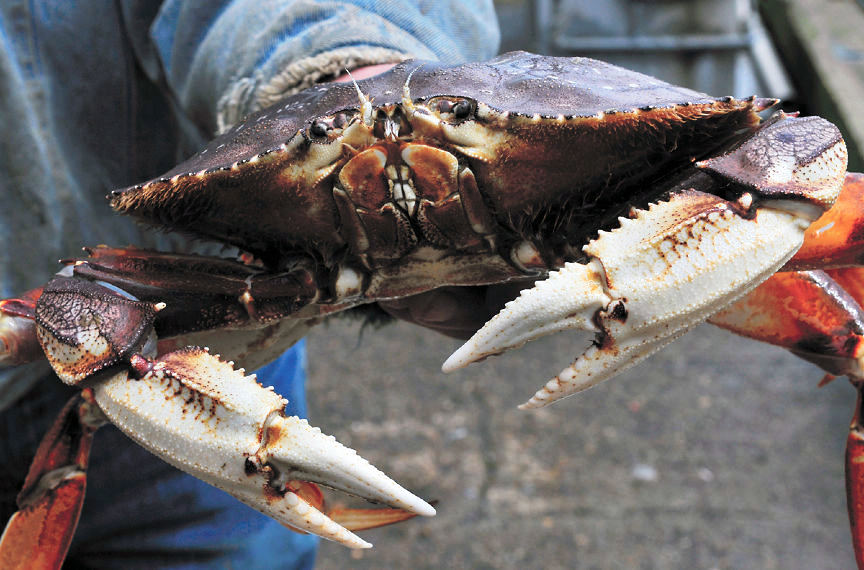
by David Young | Jul 29, 2024 | Arthropods
Dungeness Crab Authors: Duncan Bailey and Paul Guevarra Scientific name: Metacarcinus magister Size Range: The carapace width of the Dungeness Crab is typically under 20 cm (7.9 in), but can be up to 25 cm (9.8 in). Females can be up to 18 cm (7 in) wide....






